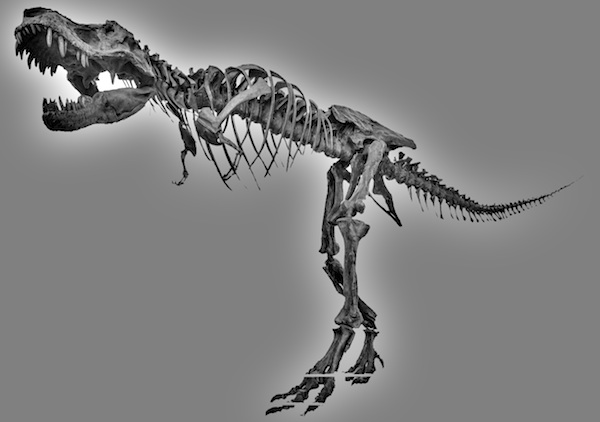Team:Stanford-Brown/Projects/HumanPractices
Introduction
This year, the 2013 Stanford-Brown iGEM team stepped into truly uncharted territory. When we brainstormed projects back in April, a combined interest in ancient organisms generated questions on the origins of life and the nature of evolution itself. One screening of Steven Spielberg’s Jurassic Park (1993) later and we developed iGEM’s very first de-extinction project. Hollywood has taken advantage of exploiting scientific disasters. The following paper is meant to strip away the entertaining fiction and facilitate a discussion about the real consequences of de-extinction in the context of our project, both positive and negative.
We were still reviewing the task’s objectives when we attended the San Mateo Maker’s Faire in May. All four of our projects were met with enthusiasm. Amidst the excitement, however, were inquiries we had already begun to consider, but had not completely explored. Many of the attendees expressed concern over the ethical issues of our de-extinction ideas. Some thought de-extinction had a lot of potential, but most appeared weary of our desire to revive what is already “dead and buried.” Who are we to manipulate life so vigorously? With the benefit of education and discussion, we feel that the popular fear of de-extinction we encountered is more out of misinformation. The last thing we want to be guilty of is conducting a project without considering multiple perspectives, including the long-term consequences. Dr. Terry D. Johnson, the current UC Berkeley iGEM advisor, wrote on the nature of iGEM earlier this year in preparation for the Jamboree in October. Stanford-Brown 2013 paid special attention to his concluding remarks; “This project,” or any project, for that matter, “should aim to do good with minimal risk of harm.”
We are not here to make incontrovertible conclusions, say that some thoughts are more important than others, or pass judgment values on insightful opinions. The purpose of this paper is to serve as a guide for future iGEM teams interested in ancestral reconstruction and show that Stanford-Brown 2013 has thought about these issues as we initiate a new area of study for iGEM.
 "
"
